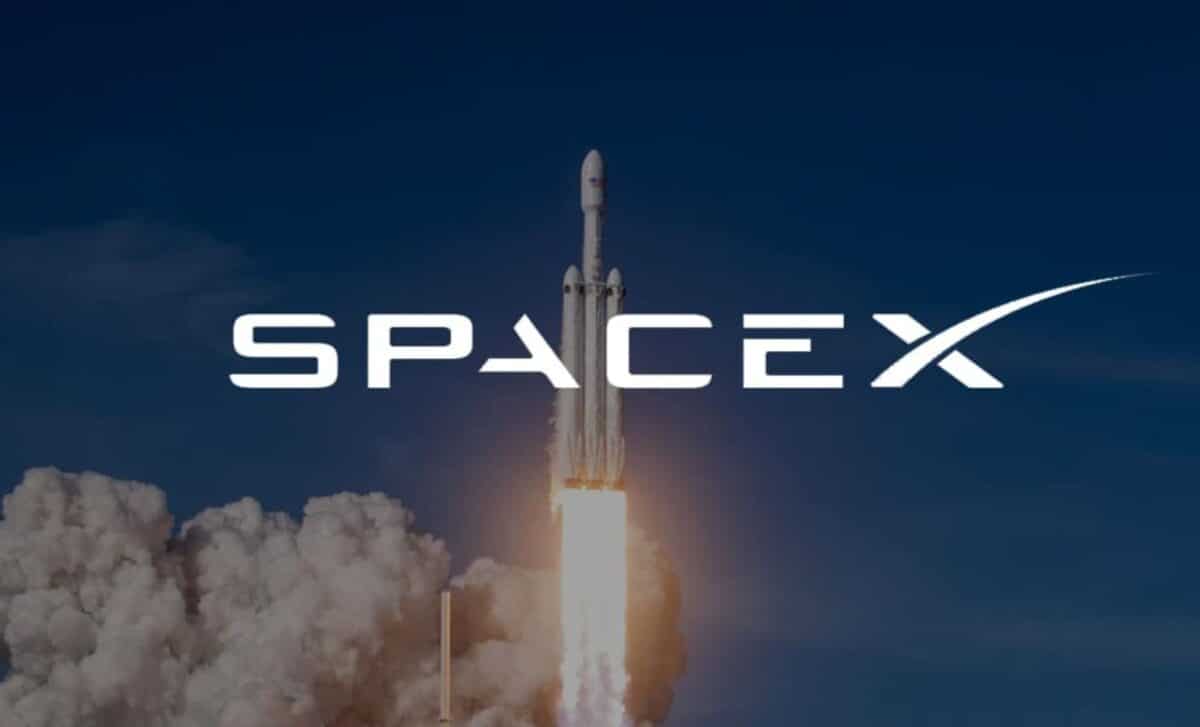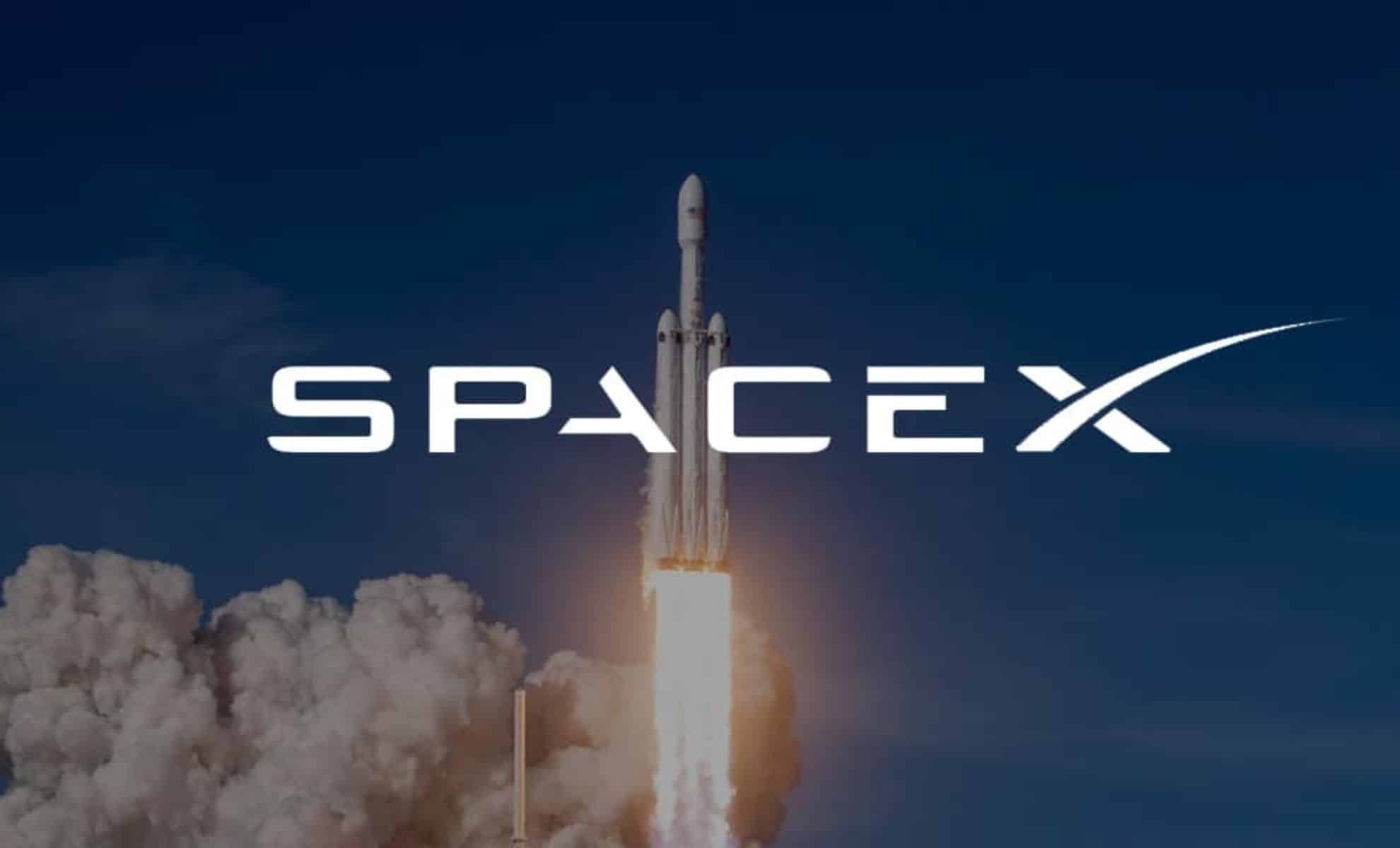The Federal Aviation Administration (FAA) has authorized SpaceX to resume Falcon 9 launches after a thorough investigation into an upper stage anomaly that occurred on July 11.
This issue, involving a liquid oxygen leak in the insulation around the upper stage engine, caused the rocket to fail its second burn, leading to an incomplete deployment of its payload.
The FAA's clearance marks the culmination of detailed assessments and the implementation of corrective actions by SpaceX to ensure the reliability and safety of future launches. This approval is crucial for maintaining the pace of SpaceX's ambitious launch schedule, including both commercial and governmental missions.
Addressing the Anomaly and Ensuring Safety
The anomaly was traced to a liquid oxygen leak resulting from a crack in a pressure sensor line. This problem was compounded by engine vibrations and a loose clamp, leading to excessive cooling of the engine components and a hard start during the second ignition attempt.
This resulted in damage to the engine hardware and a loss of attitude control, preventing the rocket from completing its mission. SpaceX responded by "replacing the sensor and inspecting similar components across the Falcon 9 fleet to prevent future occurrences." This action involved a detailed examination of the affected systems and the proactive replacement of potentially vulnerable components.
The FAA's review confirmed that the incident posed no public safety risk, and that the measures taken by SpaceX were adequate to prevent a recurrence. This thorough investigation underscores the critical importance of rigorous safety protocols and the continuous monitoring and maintenance of spacecraft systems to ensure mission success.
SpaceX's Upcoming Falcon 9 Launches and Industry Impact
With the FAA's clearance, SpaceX is poised to resume its launch operations, beginning with a Starlink mission scheduled for July 27 at 12:21 a.m. Eastern from Kennedy Space Center, Florida.
Thanks to the pace we’ve been able to launch, we’re able to gather unprecedented levels of flight data and are poised to rapidly return to flight as soon as Saturday, July 27 → https://t.co/DvO0z1NbUm
— SpaceX (@SpaceX) July 25, 2024
This mission is the first in a series of planned launches, including two additional Starlink launches on July 28 from both Cape Canaveral and Vandenberg Space Force Base. These launches are integral to SpaceX's strategy of expanding its Starlink satellite constellation, which aims to provide high-speed internet access globally, particularly in underserved and remote areas.
The grounding of the Falcon 9 rocket had significant repercussions, delaying other critical missions such as NASA's Cygnus cargo delivery to the International Space Station and the Crew-9 crew rotation mission. These delays not only affected SpaceX's schedule but also had broader implications for NASA and other partners reliant on the timely deployment of payloads.
SpaceX stated, "Our team is working diligently to ensure that all upcoming launches meet the highest standards of safety and reliability," highlighting the company's dedication to maintaining operational excellence and regaining momentum in its launch schedule.
Long-Term Solutions and Future Precautions
In response to the incident, SpaceX is not only addressing the immediate issue but is also considering broader design changes to enhance the Falcon 9's reliability and robustness. The anomaly highlighted the intricate challenges of rocket engineering, where even minor malfunctions can lead to significant mission impacts.
SpaceX has expressed a commitment to "continuing to learn and improve with each mission," a proactive stance that involves analyzing every aspect of the anomaly and implementing lessons learned across all systems. This approach includes more rigorous testing and validation processes for critical components, as well as enhanced monitoring systems to detect potential issues before they become critical.
The FAA's role in reviewing and approving these changes underscores the importance of regulatory oversight in maintaining high safety standards in the aerospace industry. This incident serves as a vital reminder of the need for meticulous engineering and comprehensive safety protocols to ensure the reliability of space missions.
As SpaceX looks forward to its upcoming missions, including the pivotal Crew-9 flight, the company is focused on integrating these improvements to secure the continued success and safety of its operations.




